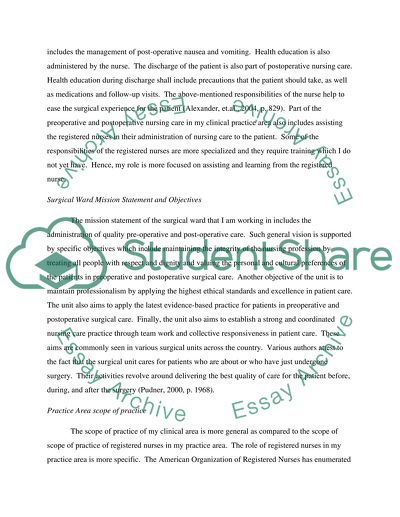Cite this document
(“Advanced Health Assessment Essay Example | Topics and Well Written Essays - 2500 words”, n.d.)
Retrieved from https://studentshare.org/health-sciences-medicine/1556720-advanced-health-assessment
Retrieved from https://studentshare.org/health-sciences-medicine/1556720-advanced-health-assessment
(Advanced Health Assessment Essay Example | Topics and Well Written Essays - 2500 Words)
https://studentshare.org/health-sciences-medicine/1556720-advanced-health-assessment.
https://studentshare.org/health-sciences-medicine/1556720-advanced-health-assessment.
“Advanced Health Assessment Essay Example | Topics and Well Written Essays - 2500 Words”, n.d. https://studentshare.org/health-sciences-medicine/1556720-advanced-health-assessment.


